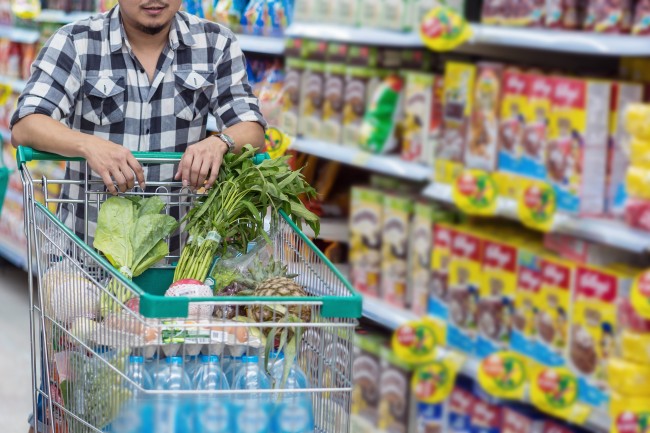Economy
Election Season to Boost FMCG Spending in 2025


With campaign season in full swing and elections set in May 2025, Worldpanel by Kantar anticipates greater economic activity and pockets of growth across the Philippines that could boost total Fast-Moving Consumer Goods (FMCG) spend compared to the same period a year ago.
Aside from the election period, improved economic indicators such as inflation, gross domestic product (GDP), unemployment, and consumer confidence will help spur an estimated 5% overall value growth for in-home FMCG purchases this year, says Laurice Obana, Shopper Insights Director at Worldpanel by Kantar.
“Historically, there has been growth recorded for in-home FMCG purchases in election years versus non-election years. During the past few elections, Worldpanel by Kantar observed growth in FMCG mega-sectors of food, beverage, personal care, and household care. Said growth has also been recorded across socio-economic classes, more so for Filipinos in the mid to lower sectors,” Obana explains.
The increase in public gatherings in 2025 may also translate into higher out-of-home consumption of FMCG products. Obana notes that, in the second quarter of 2024, out-of-home contributed 38% in value purchases of Filipino families versus in-home usage.
In addition to election-related activities, Worldpanel by Kantar shares that there are opportunities to pursue within FMCG retailers and brands in aiming for sustainable growth.
Maximizing neutral or third spaces
The increase in out-of-home purchases is a bright pocket of growth for FMCG brands in 2025. Worldpanel by Kantar highlights that shoppers now frequent a “third space” or an accessible and neutral ground aside from their homes and workplaces. In addition to places of worship, 30% of Filipinos choose retail areas like sari-sari stores, markets, and malls as their “third space,” with 6 out of 10 retail goers doing so at least once a week.
“One out of three shoppers who frequent retail areas as their main ‘third space’ spends at least two hours there. Here lies a huge opportunity for Filipinos to try different brands, especially items they can snack on while out and about with family and friends,” Obana expounds.
Shifts in shopping habits
Filipinos have access to a slew of retailers and channels. Being omni-shoppers, Filipinos shop from the neighborhood sari-sari store, the nearest grocery or drug store in town and bigger format stores like hypermarkets and supermarkets. However, in recent years, Worldpanel by Kantar finds that Filipinos are increasingly buying from proximity stores. Aside from sari-sari stores getting 40% value share over other channels, it is noted that neighbourhood discounters, online and minimarts are also reaching more shopper touchpoints.
“Prominent retailers across the country are responding to the shifts in purchasing habits of shoppers by diversifying and expanding their offerings through multi-formats in the form of mini-marts, discounters, as well as strengthening their presence online.”
Next-gen shoppers
With the birth of Generation Beta, it is important to still keep our focus on understanding and relating to the next-generation of shoppers and their unique preferences. In the Philippines, the Generations Z and Alpha of today, who make up 62% of the population, will be integral to the future of the FMCG industry.
Move with the times
While Worldpanel by Kantar emphasizes that Filipinos are still driven by value when buying FMCG products, it is, however, not just about low prices and promotions. FMCG manufacturers in partnership with retailers must look into offering value in totality and this may include other factors such as convenience, completeness of range, impactful marketing campaigns, and a memorable shopping experience overall.
“2025 is generally poised to be a good year for the FMCG industry in the Philippines. Filipinos have a heightened purchasing power that comes with positive socio-economic events and factors expected this year. It is important for manufacturers and retailers to maximize growth opportunities by truly understanding what shoppers want,” Obana points out. (MCN)













